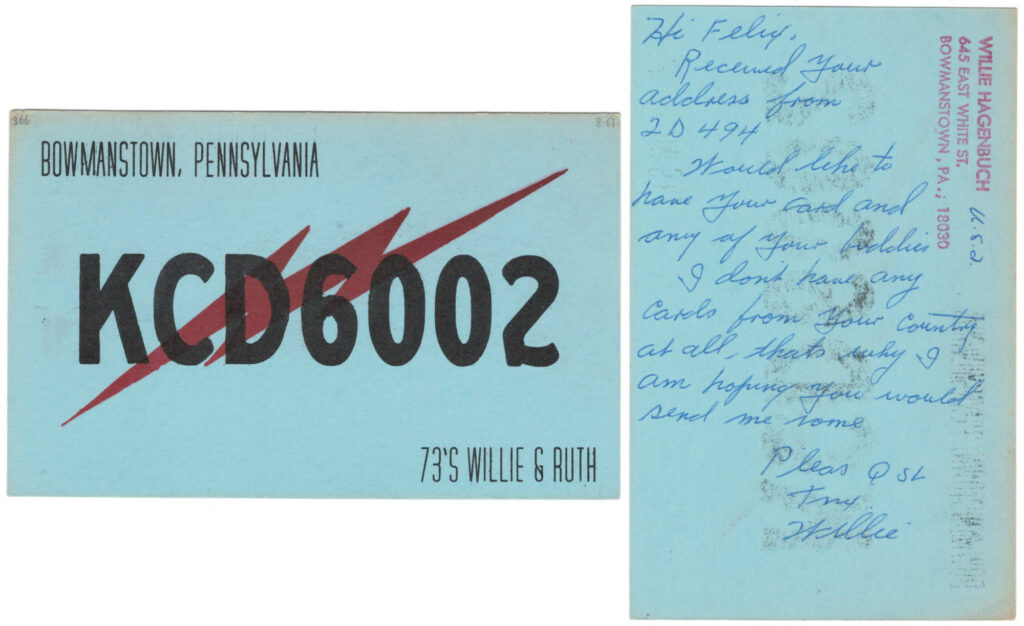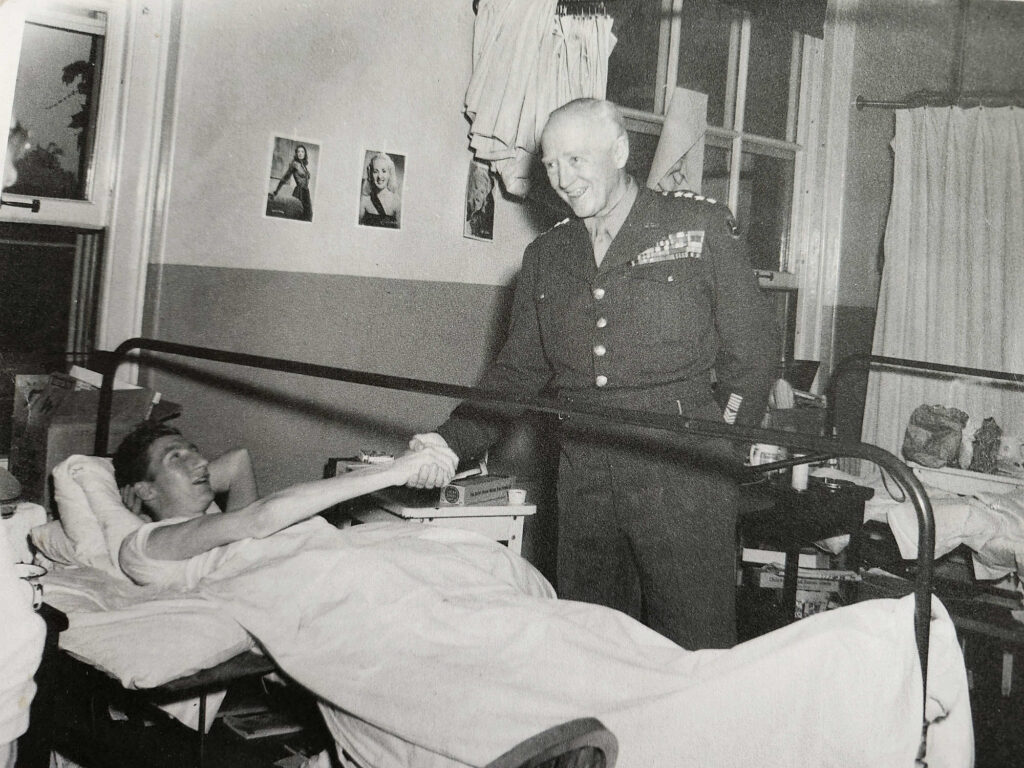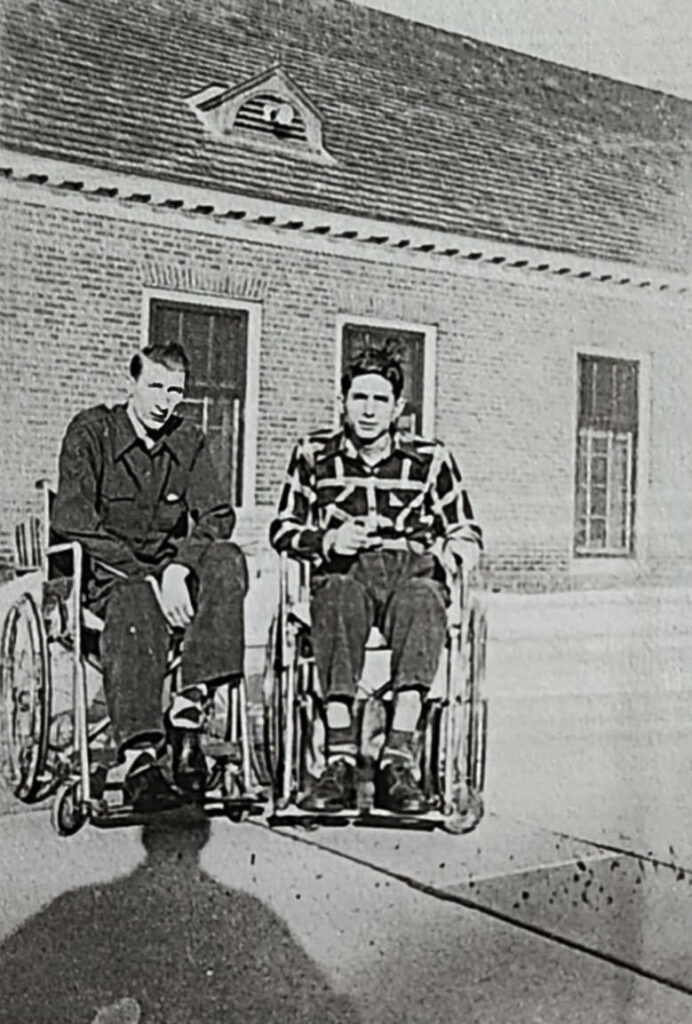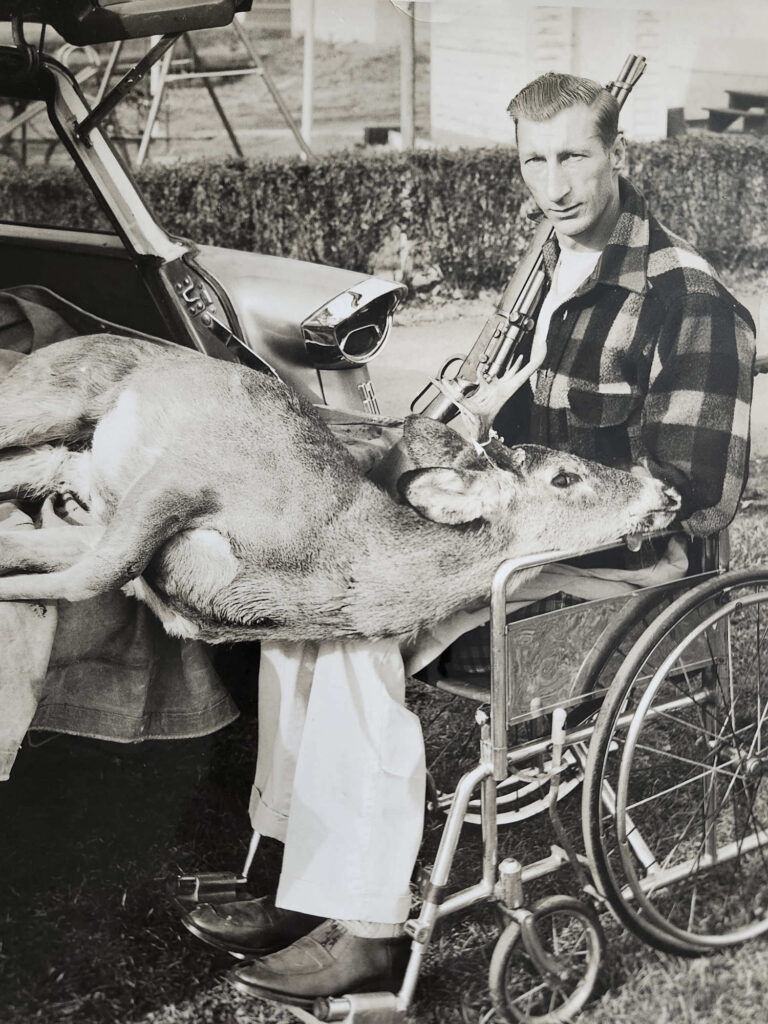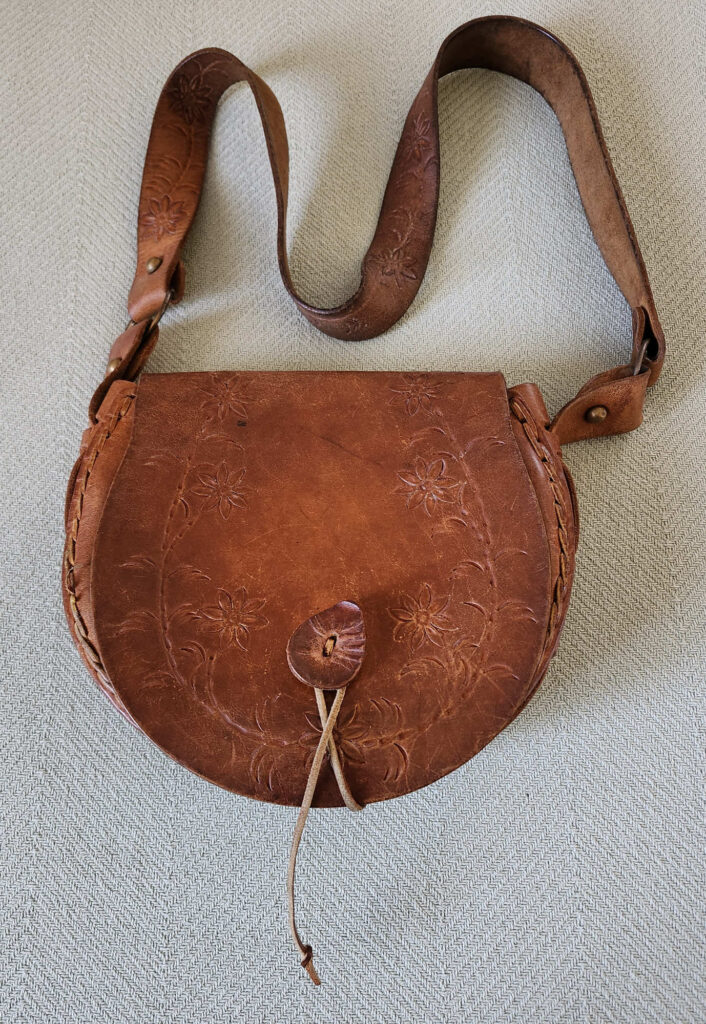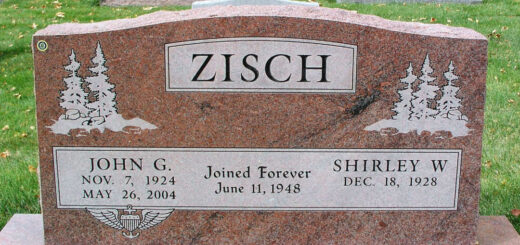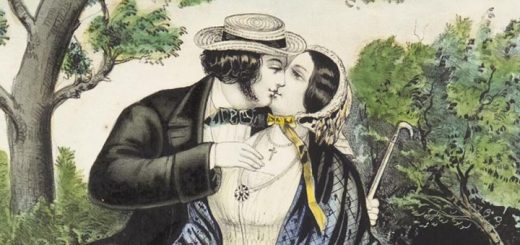Willoughby G. Hagenbuch: A Rich Life in Spite of Adversity
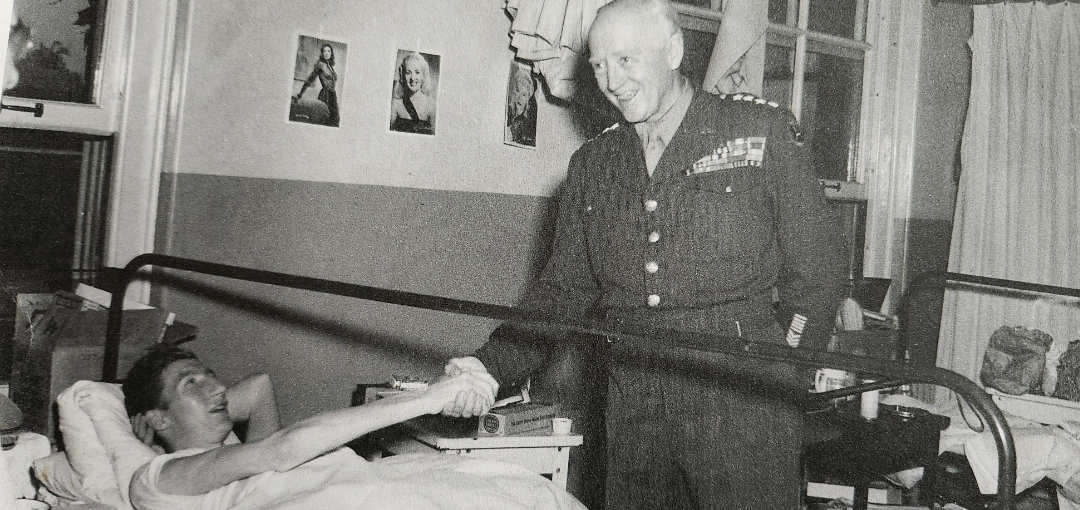
About a month ago, I saw a piece of Hagenbuch history for sale on eBay. It was a postcard sent on August 4, 1967 by Willie Hagenbuch of Bowmanstown, Pennsylvania to Félix Duval of Belgium. The front of the postcard contained the letters and numbers “KCD6002” printed over a lightning bolt. This was a radio call sign—a unique identifier for a transmitter station.
The back of the postcard had a written message from Willie to Félix. Willie mentioned that he had received Félix’s address from another station “2D494” and that he was hoping to receive Félix’s QSL card. QSL cards were traded between radio hobbyist to confirm they had communicated via radio transmissions. Occasionally, radio operators requested cards from people that they hadn’t communicated with directly. This appears to be what Willie was doing since Félix’s call sign was actually “ONL362”.
Willoughby “Willie” Griffith Hagenbuch was born on October 30, 1923 to Howard Harrison Hagenbuch (b. 1887) and Elmira C. (Shindler) Hagenbuch (b. 1887). His family line is: Andreas (b. 1715) > Henry (b. 1737) > John (b. 1776) > Reuben (b. 1805) > James Monroe (b. 1854) > Howard Harrison (b. 1887) > Willoughby Griffith (b. 1923). Willie spent much of his childhood at the house of his older brother, Norman Andrew Hagenbuch (b. 1908). The story of Norman’s butcher shop was featured in a previous piece. According to family sources, Willie may have had a challenging relationship with his mother, Elmira. Whatever the situation, Willie was recorded on the 1930 and 1940 censuses as living at his parents’ house. By 1942, he was working for the Lehigh Valley Railroad, which ran trains near Bowmanstown.
On February 4, 1943, at the age of 19, Willie enlisted in the United States Army to fight in World War II. His draft card describes him as six feet tall with blonde hair and blue eyes. He joined the 157th Infantry Regiment, Company C. He first saw service in North Africa in early 1943, then participated in the invasion of Sicily on July 10, 1943. Later that summer, he went ashore at Salerno as the Allies pushed into Italy.
Willie, along with the regiment, moved along the Italian peninsula, receiving only brief periods of rest. In November, he was treated for a leg injury sustained after falling into a ditch. Fighting was hard, and his unit didn’t receive any significant time in reserves until early January of 1944. Here, they received fresh equipment and trained for a beach landing at Anzio, Italy. In late January, they participated in the offensive and pushed towards Rome, which was liberated on June 4, 1944. The regiment prepared for the invasion of France.
On August 15, 1944, the Allies landed in southern France and the 157th regiment fought its way north through September, encountering limited resistance. In October, somewhere between the French towns of Grammont and Housseras, Willie was severely wounded in the back. His obituary states that he was only seven miles from the Swiss border when he became a casualty. According to military hospital records, Willie was hit by fragments of an artillery shell. He sustained injuries to his
While recuperating at a military hospital, Willie was visited by General George S. Patton and a photograph was taken. He was sent stateside Walter Reed General Hospital in Washington D.C. There, he met another paraplegic veteran, Joe. Sadly, Joe’s last name has been lost, though a few pictures of him with Joe have survived. The two became good friends, and years later Willie visited Joe at his home in New Jersey.
Willie Hagenbuch was next moved to Halloran General Hospital on Staten Island, New York. He received physical therapy and learned to navigate the world without the use of his legs. Records show that he remained in the service and likely helped other recovering veterans. At Halloran, he also met a nurse named Ruth Althea Boehme (b. 1924).
Ruth was from Latrobe, PA and graduated from Seton Hill University in Greensburg, PA. In 1944, she joined the Cadet Nurse Corps. The program provided education grants for the purpose of increasing the number of trained nurses in the United States. Ruth enrolled at the University of Pittsburgh School of Nursing and found employment at the Halloran General Hospital.
Willie and Ruth fell in love and began dating. The couple married on October 30, 1947—Willie’s 26th birthday. They remained in New York for a time, but soon returned Pennsylvania. The 1950 census listed them as residing next to Willie’s parents on Forge Street in Bowmanstown, PA.
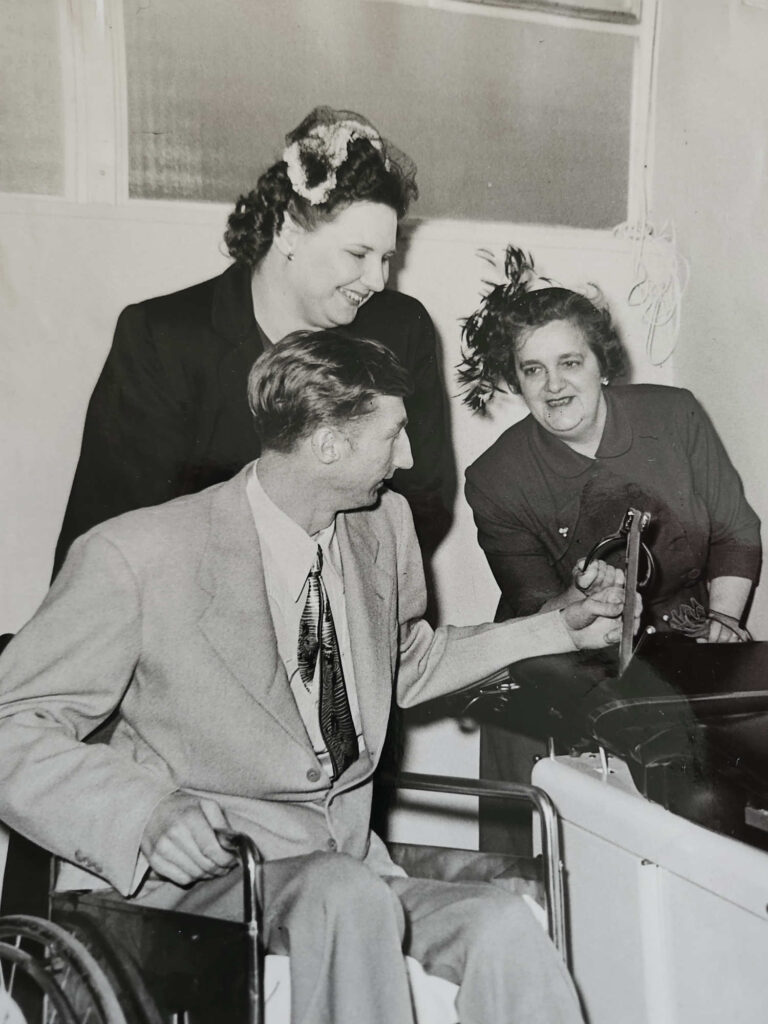
Willoughby “Willie” Hagenbuch at the dedication of the new Gnaden Heutten Hospital on April 30, 1951. Ruth (Boehme) Hagenbuch is standing behind him.
In 1952, a family tragedy changed Willie and Ruth’s lives for the better. Ruth had three young cousins through her maternal uncle, Carl Renner (b. 1909), and his wife, Catherine (Hertz) (b. 1912). Catherine died in 1952 of a brain tumor, leaving Carl in charge of the children. Between his full-time job and limited childcare options, Carl realized he would need to find a loving couple who could care for the youngsters. Willie and Ruth were the perfect fit. They were appointed the legal guardians of Carlene, Christine “Chris”, and John Renner, and the children moved to their home in Bowmanstown.
Here it should be noted that one of those children, Chris (Renner) Simock, graciously provided key information and photographs for this piece. According to Chris, the presence of the Renner children in the Hagenbuch house gave Willie purpose and may have saved his life. Many veterans suffer from depression as a result of their war experiences and injuries.
Willie was known throughout the community as a kind man and an engaged citizen. He was an avid outdoorsman and had a special license that permitted him to hunt from a motor vehicle. In December of 1962, he shot an eight point buck from his station wagon and an image of him appeared in the newspaper.
In 1957, he ran for municipal tax collector in Bowmanstown, PA and was involved in local politics for many years. According to a comment on Hagenbuch.org by Barbara Wiemann:
I knew Willoughby Hagenbuch of East White Street, Bowmanstown. He was a paraplegic veteran of World War II and died in 1974 at age 50. Despite the lack of handicapped accessible facilities at the local polling location, he overcame the challenges to vote.
Willie was a leather craftsman, a skill he learned while convalescing at Walter Reed General Hospital. An article from January 20, 1963 in the Allentown Morning Call describes the numerous items he made including: purses, wallets, a jacket for himself, key cases, belts, gun holsters, footwear, book ends, book covers, brief cases, and a small leather saddle for a lamp in his son, John’s, bedroom.
Ronald Strohl confirmed Willie’s abilities in another comment posted to this site:
I knew Willoughby as well and washed and polished his [Oldsmobile] Holiday car. He did leather work and I still have a wallet and pistol holster he created. He was a gentleman and had a positive attitude.
Amateur radio was a unique hobby shared by both Willie and Ruth. As mentioned at the beginning of this piece, Willie was communicating with other amateur radio operators across the Atlantic. He, Ruth, and a group of their friends chartered the Mountain Laurel Radio Club, which used the citizens band (CB) radio service to communicate.
Ruth was an accomplished nurse. She worked for 28 years as a school nurse in the Palmerton Area School District and, before that, was the supervisor of nursing at the Gnaden Huetten Memorial Hospital, serving as an operating room head nurse. When the hospital building opened in 1951, Willie was given the honor of performing the ribbon cutting on the operating room.
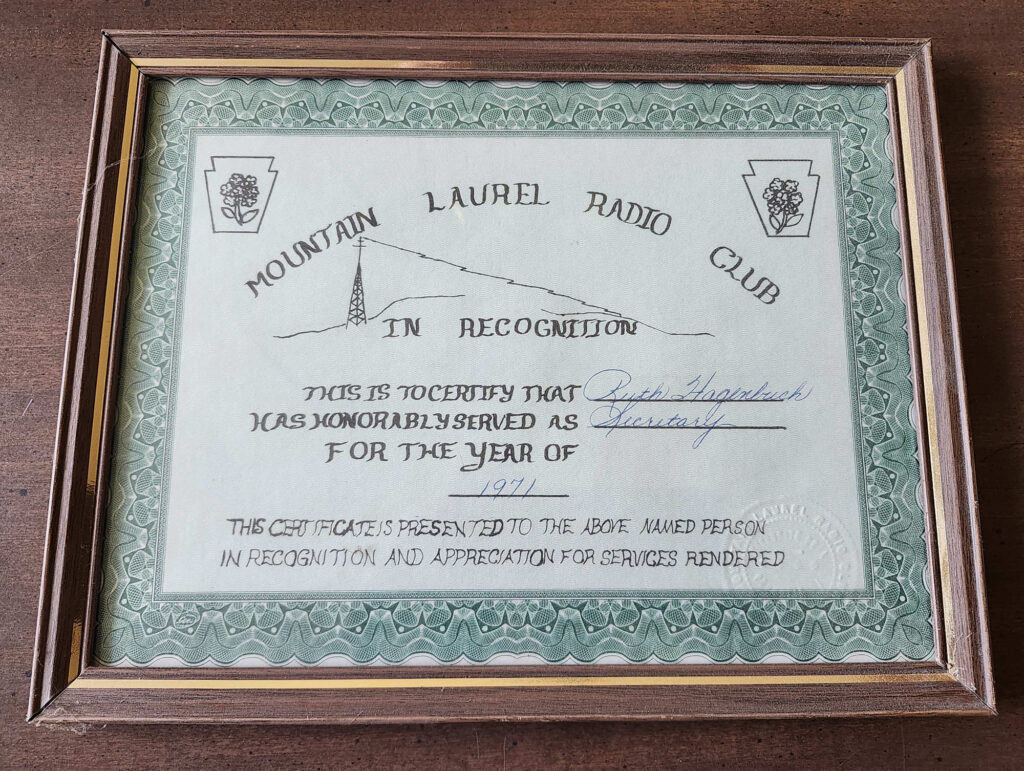
Certificate given to Ruth (Boehme) Hagenbuch for her role as secretary of the Mountain Laurel Radio Club, 1971
Willoughby G. Hagenbuch died on April 1, 1974 and was buried at the Dinkey Memorial Cemetery in Lehighton, PA. He was only 50 years old and had spend over half of his life confined to a wheelchair. Ruth lived for almost two more decades and died on November 22, 1992.
Brought together by a terrible war, Willoughby “Willie” Hagenbuch and Ruth (Boehme) Hagenbuch show how love and joy can be found amidst life’s hardships. Their lives enriched the world around them, especially for the three Renner children who they raised as their own. The comments left on this site illustrate how, fifty years after his passing, Willie remains alive in the hearts of those who knew him best.
Special thanks to Chris (Renner) Simock for providing information, stories, and photographs for this article!

